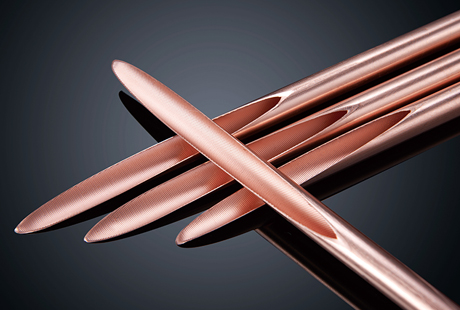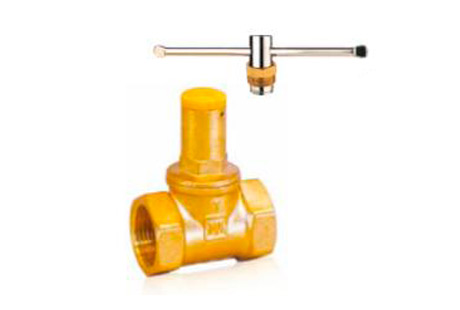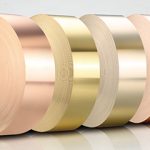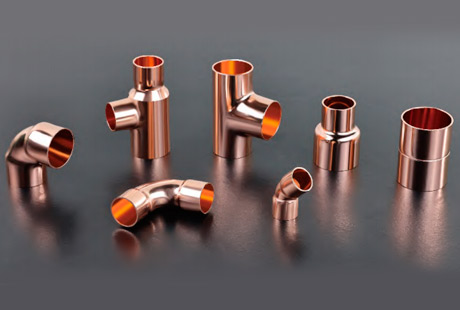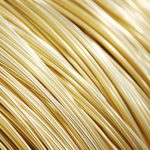Thin copper strips are versatile materials that have found innovative uses in a wide range of applications, spanning from traditional craftsmanship to modern engineering. With their unique properties and flexibility, thin copper strips have become a favored choice for artists, designers, and engineers alike. In this blog post, we will explore the innovative uses of thin copper strips and how they have transcended boundaries from craftsmanship to engineering.
Sculpture and Artistic Creations
Thin copper strips have captured the imagination of artists, sculptors, and craftsmen due to their malleability and attractive aesthetic. Artists can shape, twist, and mold thin copper strips into intricate designs, creating captivating sculptures and artistic installations. The natural patina and color variations that develop over time further enhance the visual appeal of these creations.
Jewelry and Fashion Accessories
The unique properties of thin copper strips make them ideal for creating eye-catching jewelry and fashion accessories. Craftsmen and designers have leveraged the malleability and lightweight nature of copper strips to craft intricate and trendy pieces. From delicate earrings and necklaces to bold statement cuffs and rings, thin copper strips add a touch of elegance and uniqueness to fashion creations.
Architectural and Interior Design
Thin copper strips have found their way into architectural and interior design, adding warmth, character, and a touch of sophistication to spaces. They can be incorporated into building facades, decorative elements, wall coverings, and furniture accents, creating visually striking environments. The reflective properties of copper also allow for interesting lighting effects, further enhancing the ambiance of a space.
Electrical and Electronics Applications
Beyond artistic endeavors, thin copper strips have also made their mark in engineering and electronics. Their excellent electrical conductivity and flexibility make them suitable for applications such as circuit boards, connectors, and electromagnetic shielding. Thin copper strips provide reliable electrical pathways and enable efficient signal transmission, contributing to the performance and functionality of electronic devices.
Energy Efficiency and Renewable Technologies
Thin copper strips play a significant role in energy-efficient systems and renewable technologies. They are used in the production of high-efficiency solar panels, where copper strips help conduct electricity from photovoltaic cells. Additionally, thin copper strips are utilized in wind turbines for efficient power transmission and in the manufacturing of batteries for energy storage applications.
Thin copper strips have evolved from being traditional crafting materials to finding innovative uses in various fields. Whether in artistic creations, jewelry design, architecture, or engineering applications, these strips offer versatility, aesthetics, and functional properties. From sculpting stunning sculptures to enhancing the performance of electronic devices and renewable energy systems, thin copper strips have become an indispensable resource. Embrace the creative potential and engineering possibilities of thin copper strips, and unlock new realms of innovation across a diverse range of industries.

 English
English 日本語
日本語 한국어
한국어 français
français Deutsch
Deutsch Español
Español italiano
italiano العربية
العربية tiếng việt
tiếng việt Türkçe
Türkçe ไทย
ไทย 中文
中文
